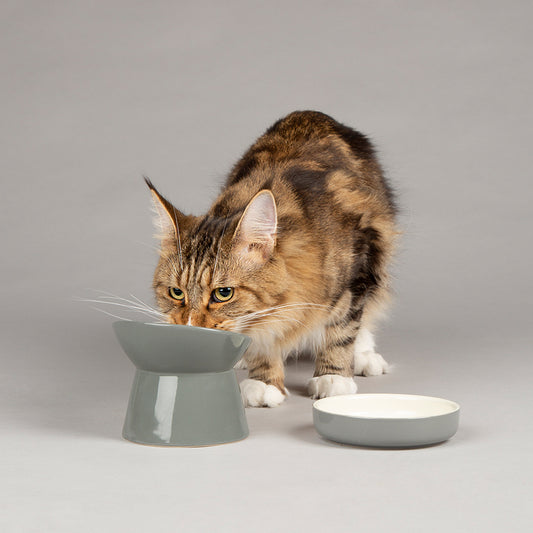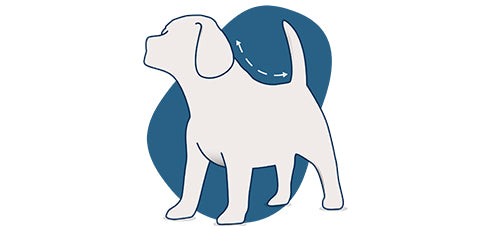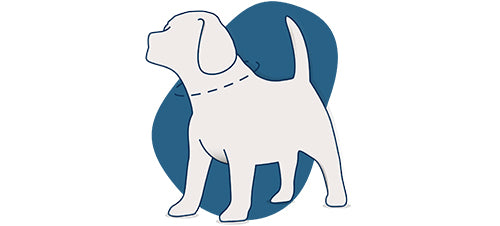The festive season is a time for family gatherings, lavish meals, and indulging in holiday favourites. As you prepare your Christmas dinner, it's natural to wonder if your canine companion can partake in the festivities. After all, those pleading eyes at the dinner table are hard to resist. However, not all human foods are safe for dogs, and some can even be harmful. In this comprehensive guide, we'll explore which Christmas foods your dog can and can't eat, ensuring a happy and healthy holiday for all.
Can Dogs Eat Turkey?
Yes, but with precautions. Turkey is a lean protein that can be a healthy addition to your dog's diet. If you're asking, "Can dogs eat turkey?" or "Should dogs eat turkey?" the answer is affirmative, provided it's prepared appropriately. Offer your dog plain, cooked turkey meat without any seasoning, skin, or bones. The skin is high in fat and seasoning, which can upset your dog's stomach, while bones pose a choking hazard and can splinter, causing internal injuries.

Can Dogs Eat Brussel Sprouts?
In moderation, yes. Brussels sprouts are rich in vitamins and fibre, which can be beneficial for dogs. If you've been wondering, "Can dogs eat Brussels sprouts?" the answer is that they can, but only when cooked and served plain. Avoid adding any butter, oil, or seasoning that could be harmful.
Can dogs eat raw Brussels sprouts?
While not toxic, raw Brussels sprouts are hard to digest and may cause gas or bloating. It's best to serve them cooked and in small quantities.
Can Dogs Eat Roast Potatoes?
Only if unseasoned and cooked properly. Roast potatoes are a staple in many Christmas dinners. If you're asking, "Can dogs eat roast potatoes?" the answer is yes, but with caveats. Potatoes should be cooked thoroughly and served without any seasoning, butter, or oils. Seasonings like garlic and onion powder are toxic to dogs, and excess fats can lead to pancreatitis.
Can Dogs Eat Gravy?
Generally, no. Gravy often contains ingredients that are harmful to dogs, such as onions, garlic, high levels of salt, and fats. If you're considering, "Can dogs eat gravy?" or "Can dogs eat gravy granules?" it's best to avoid sharing gravy with your pet. These ingredients can cause digestive upset and, in severe cases, toxicity.

Can Dogs Eat Stuffing?
No, it's not recommended. Stuffing is a flavourful side dish but usually contains onions, garlic, herbs like sage, and other ingredients that are toxic to dogs. Questions like "Can dogs eat stuffing?" or "Can dogs eat stuffing mix?" are common, but the answer is a firm no. Even "Can dogs eat sage and onion stuffing?" Absolutely not, as both sage and onions are harmful to canine health.
Can Dogs Eat Christmas Pudding?
Absolutely not. Christmas pudding is loaded with ingredients like raisins, currants, alcohol, and spices, all of which are toxic to dogs. If you're pondering, "Can dogs eat Christmas pudding?" keep it far away from your furry friend. Ingestion can lead to kidney failure and other severe health issues.
Can Dogs Eat Christmas Dinner?

With careful selection, yes. You might be thinking, "Can dogs eat Christmas dinner?" or "What can dogs eat on a Christmas dinner?" While many traditional Christmas foods are off-limits, you can create a dog-friendly plate with the following:
- Plain turkey meat: Unseasoned and without skin or bones.
- Cooked vegetables: Carrots, green beans, and cooked brussels sprouts (in moderation).
- Plain mashed potatoes: Without butter, milk, or seasoning.
Always introduce new foods gradually and in small amounts to monitor for any adverse reactions.
Foods to Avoid at Christmas
To ensure your dog's safety during the holidays, keep the following foods out of reach:
- Onions and garlic: Found in many dishes like stuffing and gravy.
- Chocolate: Contains theobromine, which is toxic to dogs.
- Grapes and raisins: Can cause kidney failure.
- Alcohol: Even small amounts can be dangerous.
- Nuts: Some nuts are toxic, and all are high in fat.
Tips for a Dog-Friendly Christmas
- Educate Guests: Inform your family and friends about the do's and don'ts of feeding your dog.
- Safe Treats: Have dog-friendly treats on hand to satisfy your pet without risking their health.
- Secure Trash Bins: Ensure that leftovers and scraps are disposed of properly to prevent your dog from scavenging.
When in Doubt, Consult Your Vet
If you're unsure about a particular food, it's best to consult your veterinarian. They can provide personalised advice based on your dog's health history and dietary needs.
Dog Safe Christmas Dinner

If you’re unsure about what to give your dog for Christmas dinner this year why not make life easy with the Lily’s Kitchen three bird feast? Made from freshly prepared turkey, duck and goose, with seasonal parsnips and cranberries added for extra flavour, this wholesome dinner is easy on digestion for happy, healthy snacking.
Alternatively if your dog prefers toys we have a really fun range of Christmas dinner themed toys to choose from, including turkeys, parsnips and carrots. Our personal favourite is this Christmas dinner on a rope, we just love the gravy jug and the pig in blanket! Shop our Elves' toy shop here.
Conclusion
The holiday season is a time of joy and togetherness, and it's natural to want to include your dog in the festivities. By understanding which Christmas foods your dog can and can't eat, you can ensure they remain healthy and happy. Remember, when in doubt, stick to your dog's regular diet or offer them specially formulated dog treats. This way, everyone can enjoy the holiday season safely.
Get everything you need to have the paw-fect Christmas in our Santa’s grotto, from festive fun toys to tasty treats, we have everything you need to give your pup the Christmas of their dreams.
Happy Holidays from all of us at Lords & Labradors!




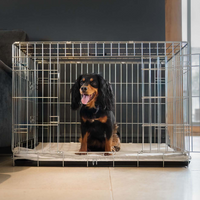



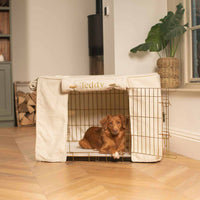
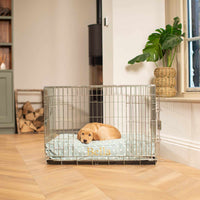
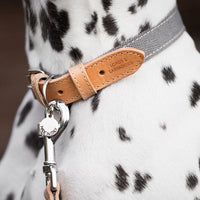

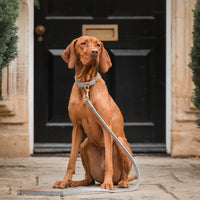
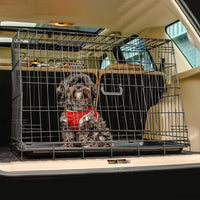
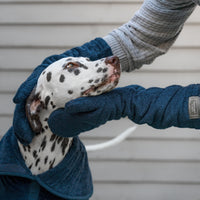
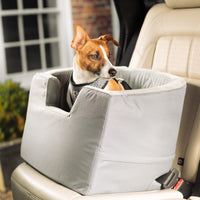
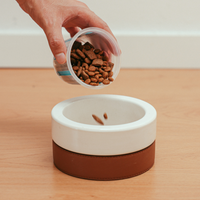
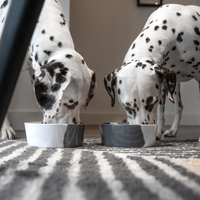
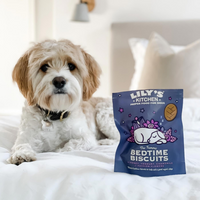
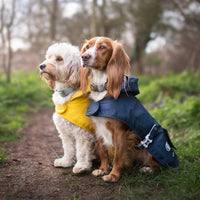
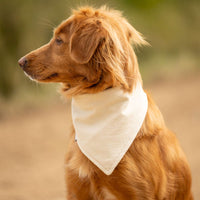
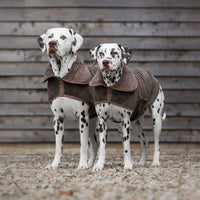
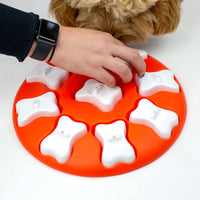

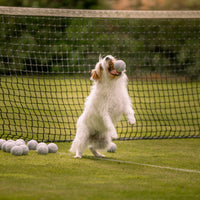
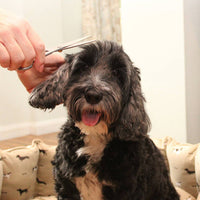
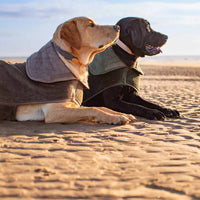

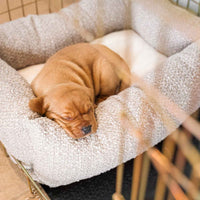
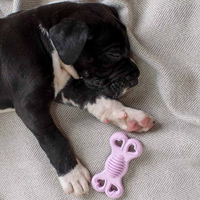
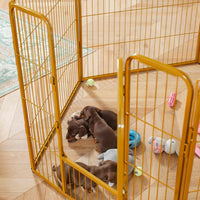
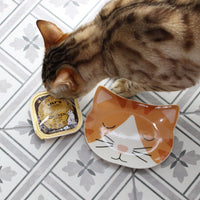
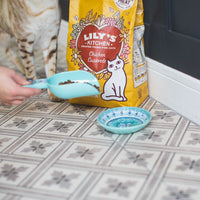
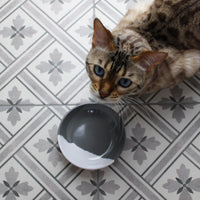
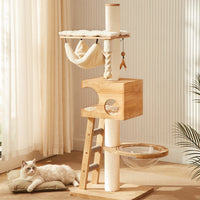
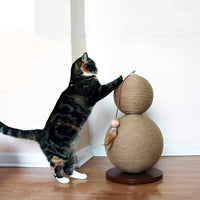

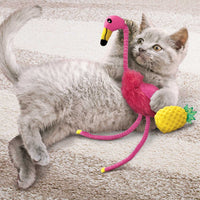


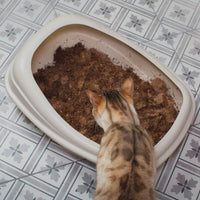
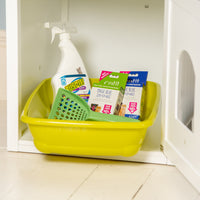
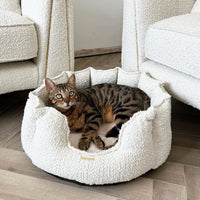

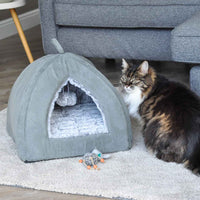


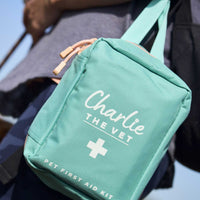
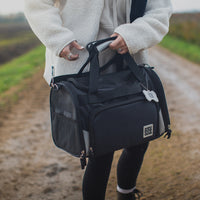














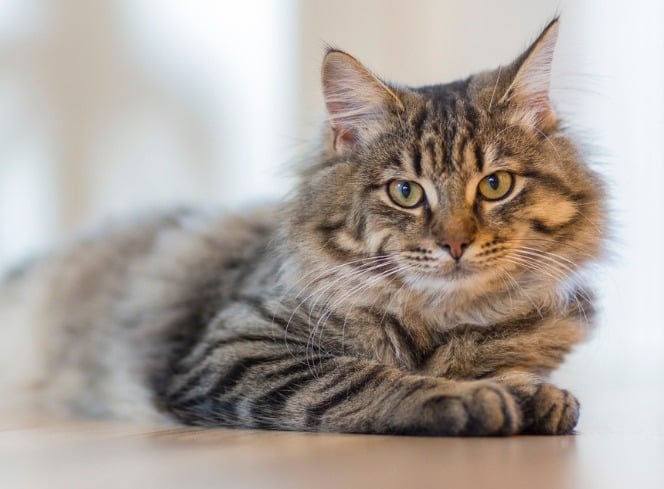

.jpg?v=1727958217793&options=)





























